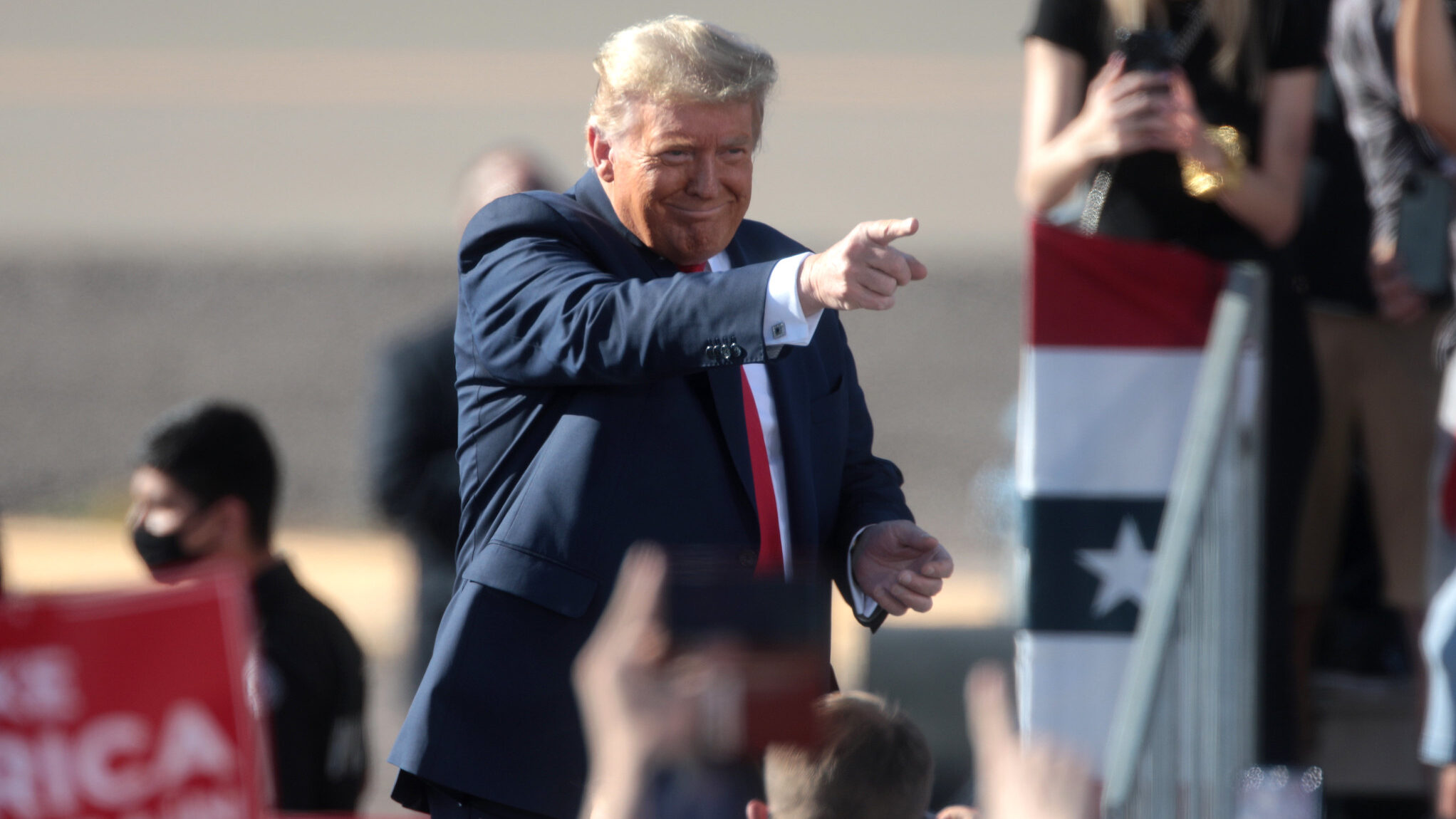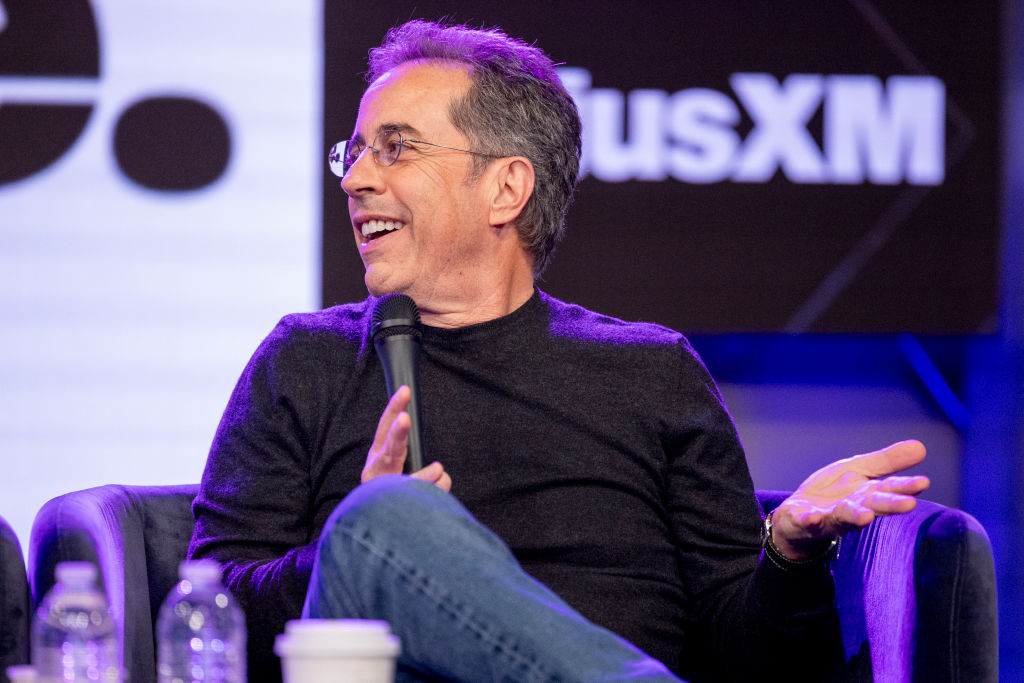Fed staff warns that the US economy is in uncharted waters.
Uncharted Waters: Fed Officials Navigate Unprecedented Rate Cycle
U.S. Federal Reserve officials are in “uncharted waters” with no clear historical guide as they set monetary policy in an environment with inflation falling but no increase as yet in the unemployment rate, Richmond Fed staff said in a new research note analyzing a central bank rate cycle they deemed “unlike any other.”
“The current cycle is the first time over the entire postwar period the [Federal Open Market Committee] has made significant progress in lowering inflation without an associated increase in the unemployment rate,” Richmond Fed staffers including senior adviser Pierre-Daniel Sarte wrote in the paper, published Wednesday on the bank’s website.
“The current rate episode sees us in uncharted waters,” with the Fed facing the largest-ever gap between inflation and the target federal funds rate when officials started tightening monetary policy in March of 2022, and now seeing the unemployment rate remain stable and low despite the fastest increase in interest rates in at least 40 years, the researchers wrote.
Whether that sort of cost-free decline in inflation can continue will be at the center of Fed discussion in coming weeks as policymakers decide whether they have moved interest rates high enough, or whether further rate hikes are needed.
Positive Trend Continues
New data released Thursday morning seemed to keep the positive trend intact.
The Consumer Price Index rose at a 3.2 percent annual rate in July, which was a slight increase over June’s 3 percent reading.
But underlying price trends showed continued slowing. Once stripped of volatile food and energy costs, the annual “core” CPI fell to 4.7 percent in July from 4.8 percent in June, and much of that was driven by housing costs that Fed officials feel are set to steadily moderate.
Prices on a broad range of goods and services, from airline travel to medical care, declined last month compared to the previous month.
“Disinflationary pressures continued to build,” Paul Ashworth, chief North America economist for Capital Economics, wrote in an analysis of the July CPI data.
Excluding housing prices along with food and energy, something the Fed itself has been doing to gauge the breadth of inflation across parts of the economy where officials worried inflation was becoming more rooted, Ashworth calculated the CPI actually fell month to month, and on an annual basis increased just 2.5 percent.
“The Fed is close to meeting its price stability goal,” he said. Traders in contracts tied to the Fed’s policy interest rate pared bets that the central bank would raise rates again, giving only a one in four chance of another rate increase at any of the Fed’s three remaining meetings of 2023.
Whatever the measure, the direction for the Fed so far has been a good one, with inflation as measured by the CPI down from a peak of 9.1 percent in June of last year.
The Fed has raised the federal funds rate 5.25 percentage points since March of last year, with policymakers approving rate increases at 11 of the last 12 meetings in a sequence of actions meant to discourage borrowing and spending, and slow both the economy and the pace of price increases.
Typically, that would be associated with a jump in unemployment as businesses and consumers scale back. Yet the unemployment rate has remained below 4 percent—low for the United States—since February of 2022, and stood at 3.5 percent as of last month.
Fed policymakers have offered different interpretations of why that’s happening, from “labor hoarding” among firms scarred by how hard it was to hire during the pandemic, to inflation that may have been driven largely by problems in supply chains that have slowly corrected. Others feel the economy remains slow to adjust to higher interest rates, and that the unemployment rate will ultimately rise before the Fed finishes its inflation fight.
How Fed officials analyze those sorts of nuances will determine whether they follow through with another rate increase at some point this year—the majority view among policymakers as of their latest projections, issued in June — or decide that the current target interest rate range of between 5.25 percent and 5.5 percent is adequate.
Policymakers have been reluctant to commit. The gap between the last Fed meeting in July and the next one on Sept. 19-20 is an unusually long eight weeks, giving them two full months of data to consider.
As of June, one closely watched measure of prices, the personal consumption expenditures price index excluding food and energy, was still running more than double the Fed’s 2 percent target. Only two Fed officials so far have publicly said they feel rates do not need to go higher, with others saying they want the “totality” of the data in hand before making a decision.
Given the unique circumstances, the Richmond Fed researchers noted risks on both sides.
The current Fed “has been uniquely successful thus far in lowering inflation while leaving the unemployment rate at its lowest levels in roughly half a century,” they wrote, with the potential that policy tightening so far “may bring about further declines in inflation without a dramatic rise in the unemployment rate. This would be a first in the postwar U.S. economic experience.”
Still, “with little guidance from past rate cycles, the FOMC will have to remain vigilant to avoid missing its target should the economy prove more resilient than anticipated.”
(Reporting by Howard Schneider; Editing by Andrea Ricci and Christina Fincher)
" Conservative News Daily does not always share or support the views and opinions expressed here; they are just those of the writer."




